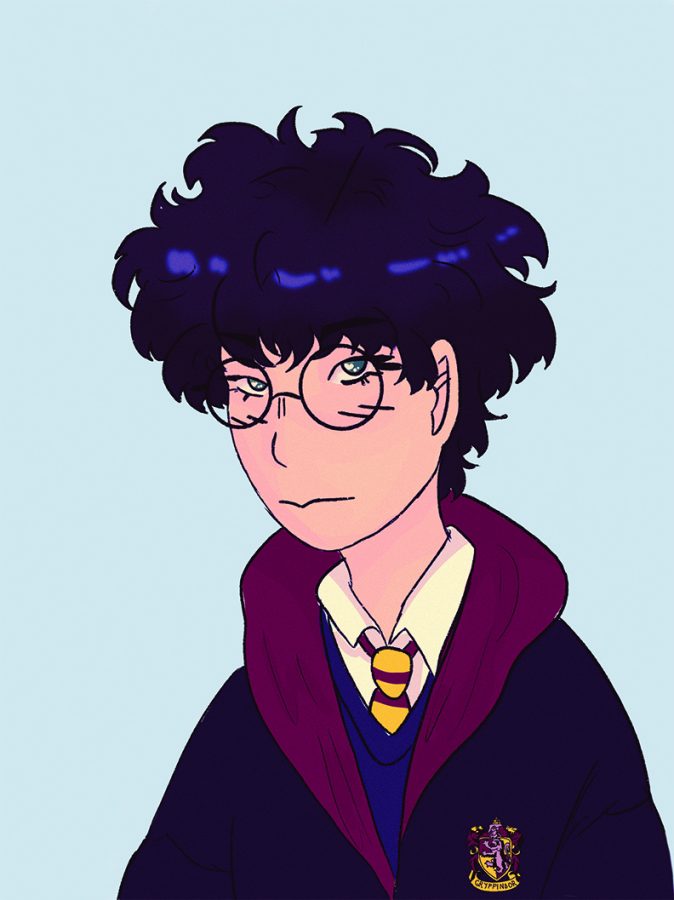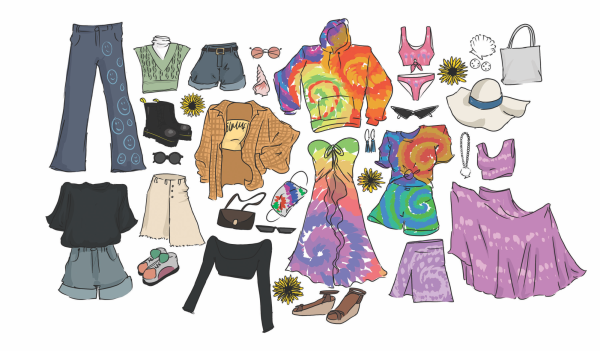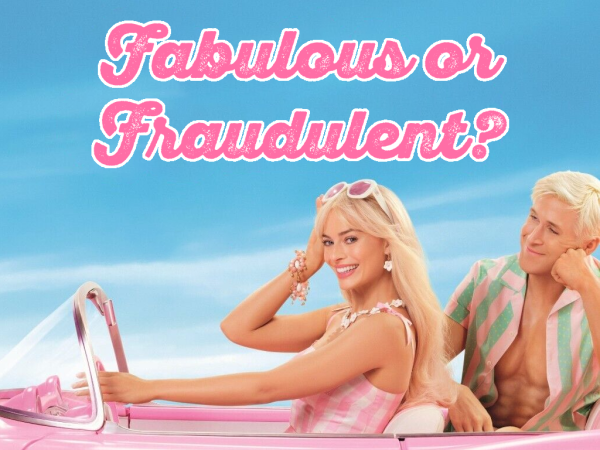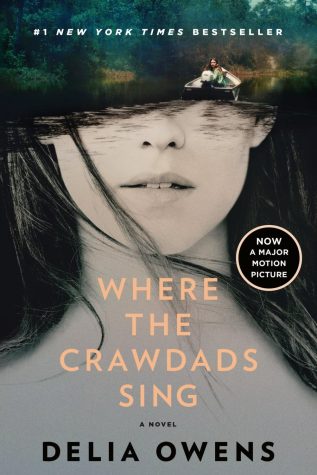The Rise of “Harry Potter”… Again
The 1990s and early 2000s led “Harry Potter” into the spotlight. The acclaimed series garnered a massive cult-like following which lasted throughout the years since its release. Just as it seemed the hype around the series was losing popularity, with the help of Tik Tok and an older audience, the series is thrust back into the limelight.
December 3, 2020
“Harry Potter” is a name that we all know and love. The books are the single most popular series of all time and the movie franchise is among some of the most well-known in the world.
Whether you loved “Harry Potter” as a child, or are just starting to get into it now, you’re in luck, because the series is making a huge comeback among new fans, and old.
Part of the reason the series is making a comeback is due to some of the deeper themes and meanings in the story.
If you were a “Harry Potter” fan as a child, you may not have picked up on some of the deeper meanings of the stories that are now more visible as young adults.
The characters and plots get more complex over the course of the seven books and eight movies.
Some characters that readers must have hated as a kid, might be cast in a different light as the deeper themes are revealed and the audience matures.
One character, in particular, Draco Malfoy, has been very popular on TikTok for this very reason. In the books, some fans claim, he was misunderstood and never given a fair chance.
“Draco’s story is actually very sad when you look back and think about it. He was never given a choice to take the good path, and he was written to be such an evil character when he could never be anything else. That’s why so many on TikTok are making videos to rewrite his story,” junior Phoebe Ray said.
In fact, there is even a trending hashtag on the app, #dracotok, which has over 3.2 billion views. The videos under the hashtag range from point of view style videos, meant to rope the viewer into the story of the video, to homages to the Wizarding World in general.
As readers have grown from child to young adult, and the lines between good and bad begin to blur, Draco’s role in the series has shifted from being one of the main antagonists to a very deep and complex character.
An older audience can read into why Draco is the way he is and why he does what he does.
Draco was just a kid, influenced by his parents and Voldemort. From a young age, his childhood sculpted him into the person he is.
The way his parents raised him and the people his parents have had an impact on Draco.
As shown in the later books and movies, Draco starts to grow up and see the world. He starts to have opinions and ideas about which ‘side’ is right and wrong — namely if being on Voldemort’s ‘side’ is right.
He breaks away from the ideas of his parents and, as shown, has internal conflicts with himself about morality and right and wrong. It is this deeper meaning of his character that appeals to an older audience.
An older audience may be able to resonate with what Draco went through, as many are beginning to break away from the ideas of their parents in the teenage years. These themes went unnoticed by the younger generation but come to light as an older, more perceptive generation starts to watch the movies and/ or read the books.
However, Draco was not always everyone’s favorite antagonist. Junior Ava Rice was a loyal “Harry Potter” fan as a young child, looking back on her time watching the movies and reading the books she recalls, “I never liked Draco—nobody did. I always thought of him and some of his friends in his house as annoying.”
The “house” that name refers to is one of four in the “Harry Potter” world. In the series, Slytherin is portrayed as the house of bullies, but looking back, it seems to many that Slytherins were misunderstood.
As this generation has grown older, many people have shifted their views and opinions on the house.
As young children, it seems as if many people desired to be a part of the famous Gryffindor rather than the other three. As appreciation and recognition for the other houses have grown, so has a desire to be placed in them.
“I always wanted to be in Gryffindor as a kid since all of the protagonists seemed to be in that house. No one, including myself, wanted to be in Slytherin since that was the house with literally all the bad people. Now, I am more open to the idea of being in a different house,” junior Noah Kamps said.
Looking back at the series, an older, more mature generation is seeing the true colors of the books—for better and worse. “Harry Potter” fans have shifted views on the author of the series, J.K. Rowling after she faced some controversy in recent months. Rowling continuously posts and reposts tweets that followers believe to be transphobic.
One read, “If sex isn’t real, the lived reality of women globally is erased. I know and love trans people, but erasing the concept of sex removes the ability of many to meaningfully discuss their lives.”
This angered many fans, including junior Lily Connor who says, “I love the ‘Harry Potter’ series and have since I was a kid, but since learning about the hate that J.K. Rowling is spreading, I’m reluctant to support the series. Some people who haven’t read the books and are more involved in the TikTok ‘hype’ surrounding the series don’t even know who J.K. is and why she’s problematic.”
Another point of interest that has been critiqued in Rowling’s writing is that her books lack diversity, in terms of race, sexual orientation, etc. and the characters that she portrays as not British or white have stereotypical personalities and characteristics.
Ravenclaw Cho Chang was often portrayed as the stereotypical ‘smart’ Asian character.
Rowling again uses biases, this time regarding gender-stereotypes, with the main female protagonist, Hermione Granger. Hermione’s character is known for being smart, but annoying; successful, but bossy.
In society, women who exhibit the same ambitious traits as men are thought of in a much more negative light. Women are less knowledgeable, like men, and more annoying.
They’re less assertive, how men are, and bossier. Men with these same success-driven attributes would be more praised for the traits than women with the same ones.
It is these stereotypes and themes that an older, more mature generation can detect compared to when they first read the books as a youth.
Readers can look at the novels and differentiate Hermionie from these gender stereotypes as well as see the similarities between Chang and the stereotypes of Asian women in society.
There are many ways to interpret these books as a young adult rather than as a child. Did Rowling purposefully put deeper meanings in her work that “Harry Potter” fans were supposed to look back on later in life?
Or are those in the fandom creating different fantasies for themselves?
Either way, “Harry Potter” has, since its release, been a classic in American pop-culture, and may continue to be for a very long time. The deeper meanings of the novels and characters allow readers to grow up with the books and appreciate them all throughout their childhood, teens, and adult life.

















